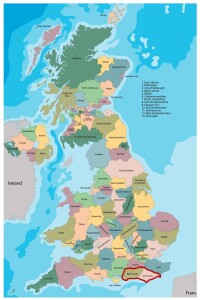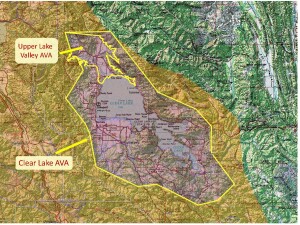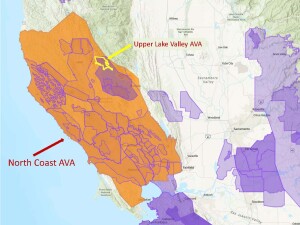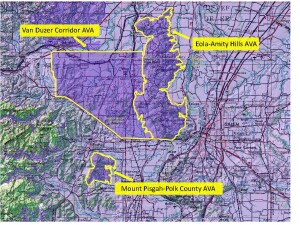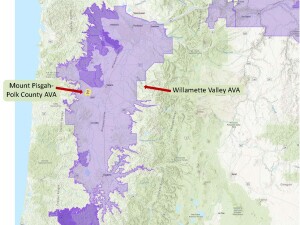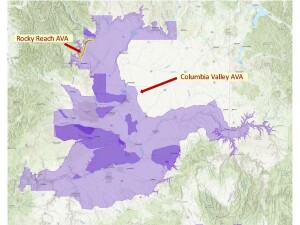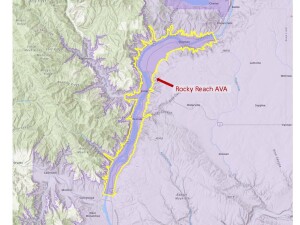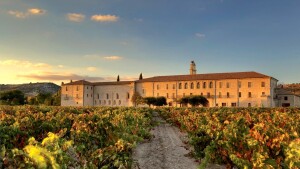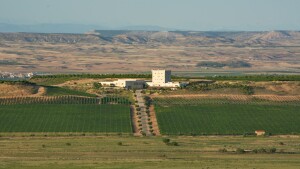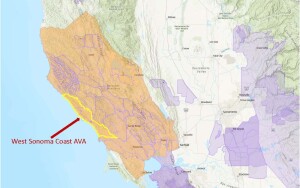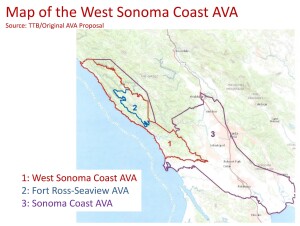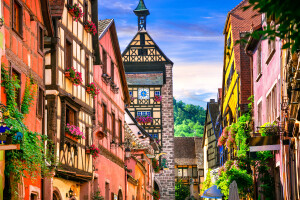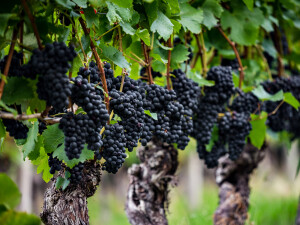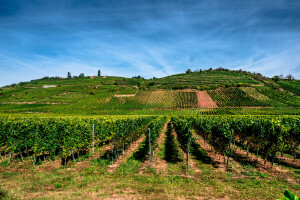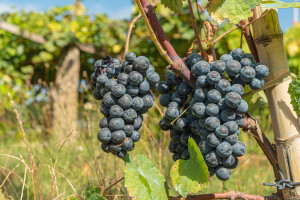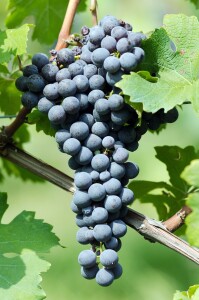Effective today (July 5, 2022), the UK has recognized its first post-Brexit protected designation of origin (PDO) for wine—the Sussex PDO. This designation is approved by the UK’s Department for Environment, Food & Rural Affairs (DEFRA) and applies to still and sparkling wine made in the area historically known as Sussex, referring to the present-day counties of East Sussex and West Sussex.
East Sussex and West Sussex are located in the far southeast of England, along the English Channel coast. They are bordered (to the north, east, and west) by the counties of Kent, Surrey, and Westchester. The area—which has a long history of grape and wine production—is known for its cool climate, high degree of sunshine (at 1,750 hours of sunshine a year, a bit higher than most of England) and chalk soils.
Sussex PDO sparkling wine may be either white or rosé and must be made using the traditional method of sparkling wine production. The wines must be “made principally” using Chardonnay, Pinot Noir, and Pinot Meunier. Arbane, Pinot Gris, Pinot Blanc, Petite Meslier, and Pinot Noir Précoce. Varying levels of sweetness are allowed.
- Other requirements for use of the Sussex Sparkling Wine PDO include the following:
- No less than 3.5 atm of pressure
- Minimum 11% abv
- Minimum of 12 months aging (in the bottle) on the lees; 15 months of total bottle aging before release
- Blanc de Blancs must contain a minimum of 90% Chardonnay
- Blanc de Noirs must contain a minimum of 90% Pinot Noir and/or Pinot Meunier
- Wine must be approved by a tasting panel
The range of still wines produced under the Sussex PDO are described as “crisp dry whites to fruity red wines and elegant rosé.” A substantial list of grapes is allowed for use in still wines produced using the Sussex PDO (there are 24, to be exact). These include the following: Acolon, Auxerrois, Bacchus, Chardonnay, Dornfelder, Gamay, Huxelrebe, Muller-Thurgau, Orion, Ortega, Pinot Blanc, Pinot Gris, Pinot Meunier, Pinot Noir, Pinot Noir Précoce, Regent, Regner, Reichensteiner, Riesling, Rondo, Roter Veltliner, Schonburger, Siegerrebe, and Solaris.
- Other requirements for still wines produced under the Sussex PDO include the following:
- Minimum 10% abv
- Wine must be approved by a tasting panel
Leading wine estates in the area include Nyetimber, Rathfinney Estate, Bolney Wine Estate, and Artelium.
Note: This designation pertains to products distributed within the UK and is not (at this time) recognized by the EU. The UK retains its previously approved, EU-designated appellations of origin including English Wine PDO, Welsh Wine PDO, and Scotch Whisky GI.
References/for more information:
Post authored by Jane A. Nickles…your blog administrator: jnickles@societyofwineeducators.org

